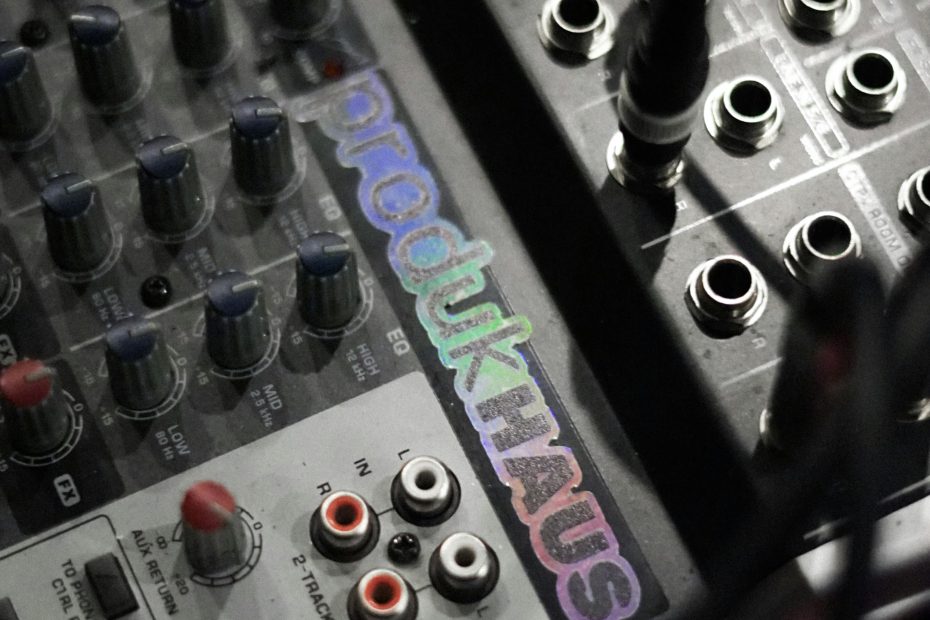Choosing the Right Matrix Processor for Large-Scale Sound Systems
Selecting the right Matrix Processor for large-scale sound systems is critical to ensuring optimal audio performance and management. A Matrix Processor provides advanced routing, processing, and control capabilities, making it essential for complex environments such as stadiums, conference centers, and concert halls. In this article, we will explore the key considerations when choosing a Matrix Processor for large-scale sound systems, highlighting its benefits and applications.

Understanding the Role of a Matrix Processor in Large-Scale Sound Systems
A Matrix Processor is designed to manage multiple audio inputs and outputs efficiently, ensuring seamless sound distribution and control. Unlike conventional audio processors, a Matrix Processor offers dynamic routing, advanced DSP functions, and remote management features.
Key Features of a Matrix Processor
- Scalable Audio Routing: A Matrix Processor enables precise control of multiple zones and audio sources.
- Advanced DSP Processing: Features such as equalization, delay, compression, and noise suppression optimize sound quality.
- Integration with Control Systems: Many Matrix Processors support remote operation via smart devices and automation systems.
- High-Quality Signal Processing: Ensures minimal latency and superior audio fidelity in large environments.
Factors to Consider When Choosing a Matrix Processor
1. Input and Output Requirements
A Matrix Processor should accommodate the number of inputs and outputs required for your specific sound system. Large venues often need multiple channels to route audio effectively.
2. DSP Capabilities and Customization
Advanced DSP features allow users to tailor audio processing to their needs. A high-quality Matrix Processor should provide equalization, filtering, dynamics processing, and spatial sound enhancement.
3. Scalability and Expandability
For growing sound systems, a Matrix Processor must support expansion, allowing additional inputs, outputs, or processing capabilities.
4. Latency and Signal Integrity
Low-latency processing is essential in live sound environments. A Matrix Processor with minimal signal delay ensures real-time audio transmission and synchronization.
5. Compatibility with Existing Equipment
A Matrix Processor should seamlessly integrate with other audio equipment, including amplifiers, speakers, and control interfaces.
Benefits of Using a Matrix Processor for Large-Scale Sound Systems
1. Enhanced Multi-Zone Audio Management
A Matrix Processor allows independent control of different audio zones, making it ideal for complex venues requiring separate sound environments.
2. Superior Sound Quality and Processing Power
With advanced DSP capabilities, a Matrix Processor optimizes audio clarity, balance, and spatial distribution, ensuring an immersive listening experience.
3. Efficient Signal Distribution and Routing
Unlike standard audio processors, a Matrix Processor provides real-time signal routing, eliminating interference and maximizing efficiency.
Applications of a Matrix Processor in Large Venues
1. Concert Halls and Arenas
A Matrix Processor ensures synchronized sound distribution in large venues, creating an immersive audio experience for audiences.
2. Corporate and Matrix Processor
For meetings, presentations, and events, a Matrix Processor manages multiple microphones and speakers efficiently.
3. Theater and Performing Arts Centers
The dynamic audio control of a Matrix Processor enhances soundscapes for live performances and theatrical productions.
4. Theme Parks and Stadiums
In environments requiring extensive zone management, a Matrix Processor directs sound to different areas without cross-interference.
Choosing the Best Matrix Processor for Your Needs
When selecting a Matrix Processor, consider:
- Number of Inputs/Outputs: Ensure the processor supports your venue’s sound system requirements.
- Processing Power: Opt for a Matrix Processor with robust DSP capabilities for optimal sound customization.
- Integration and Control Features: Look for compatibility with smart control systems and remote operation.
- User-Friendly Interface: A Matrix Processor with intuitive software makes setup and adjustments seamless.
Choosing the right Matrix Processor for large-scale sound systems is crucial for ensuring high-quality, flexible, and efficient audio management. A Matrix Processor provides unparalleled routing, processing, and control capabilities, making it an essential component in large venues, stadiums, and conference centers. By evaluating input/output needs, DSP capabilities, scalability, and integration, you can select the best Matrix Processor to optimize your sound system for any large-scale application.
